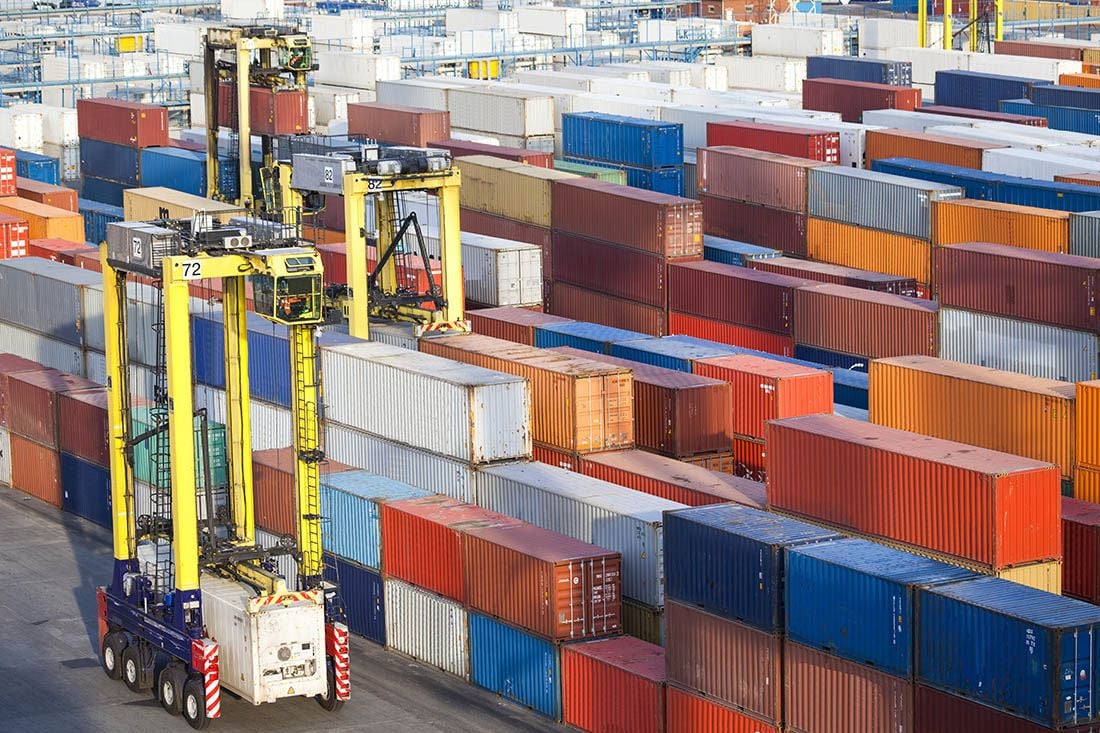UK Reveals New post-Brexit Tariff Structure Aimed at Cutting £30BN in Import Taxes

Image © Ralf Gosch, Adobe Images
The shape of the UK's post-Brexit trade regime with the rest of the world became cleared on Tuesday after the Department for International Trade revealed a trade tariff schedule they believe will knock £30BN off existing tariffs once the UK leaves the EU.
The tariff schedule does not include trade with the EU, as a new trade deal with the UK's largest trade partner is currently being thrashed out.
The Government's new tariff schedule is intended to make it easier and cheaper for businesses to import goods from overseas.
The regime will replace the EU’s Common External Tariff (EU CET), to which the UK currently subscribes and will be denominated in pounds, not euros.
The Department for International Trade hopes the new tariff schedule will see the scrapping of red tape and "other unnecessary barriers to trade, reduce cost pressures and increase choice for consumers and back UK industries to compete on the global stage".
The Government says its plan aims to streamline and simplifying nearly 6,000 tariff lines by scrapping unnecessary tariff variations, rounding tariffs down to standardised percentages, and getting rid of all "nuisance tariffs" (those below 2%).
The UK also intends to remove the EU’s Meursing table which is described as complex, allowing the country to scrap thousands of unnecessary tariff variations on products - including over 13,000 tariff variations on products like biscuits, waffles, pizzas, quiches, confectionery, and spreads.
The UKGT also expands tariff free trade by eliminating tariffs on a wide range of products. The UKGT ensures that 60% of trade will come into the UK tariff free on WTO terms or through existing preferential access from January 2021, and successful FTA negotiations will increase this.
But some tariffs will remain, these include those on agriculture, fishing and automotive industries.
The new tariff schedule will come into force on 1 January 2021, and include:
- tariffs on agricultural products such as lamb, beef, and poultry.
- 10% tariff on cars.
- tariffs for the vast majority of ceramic products.
- Removing tariffs on £30 billion worth of imports entering UK supply chains.
- 0% tariffs on products used in UK production, including copper alloy tubes (down from 5.2%) and screws and bolts (down from 3.7%).
Examples of new zero tariffs goods include:
- Dishwashers (down from 2.7%).
- Freezers (down from 2.5%).
- Sanitary products and tampons (down from 6.3%).
- Paints (down from 6.5%) and screwdrivers (down from 2.7%).
- Mirrors (down from 4%).
- Scissors and garden shears (down from 4.7%).
- Padlocks (down from 2.7%).
- Cooking products such as baking powder (down from 6.1%), yeast (down from 12%), bay leaves (down from 7%), ground thyme (down from 8.5%) and cocoa powder (down from 8%).
- Christmas trees (down from 2.5%).
- Thermostats (down from 2.1%).
- Vacuum flasks (down from 6.7%).
- LED lamps (down from 3.7%).
- Bike inner tubes (down from 4%).
Almost all pharmaceuticals and most medical devices (including ventilators) are tariff free in the UKGT.
However, some products used to fight COVID-19 maintain a tariff. To ensure those working on the frontline can access vital equipment easily, the UK has introduced a temporary zero tariff rate on these products.
This relief waives the tariff and VAT for personal protective equipment, medical devices, disinfectant and medical supplies from non-EU countries.
The Government says it is committed to continuing to waive the tariffs on key COVID-19 items should this be necessary upon implementation of the UKGT in 2021.



